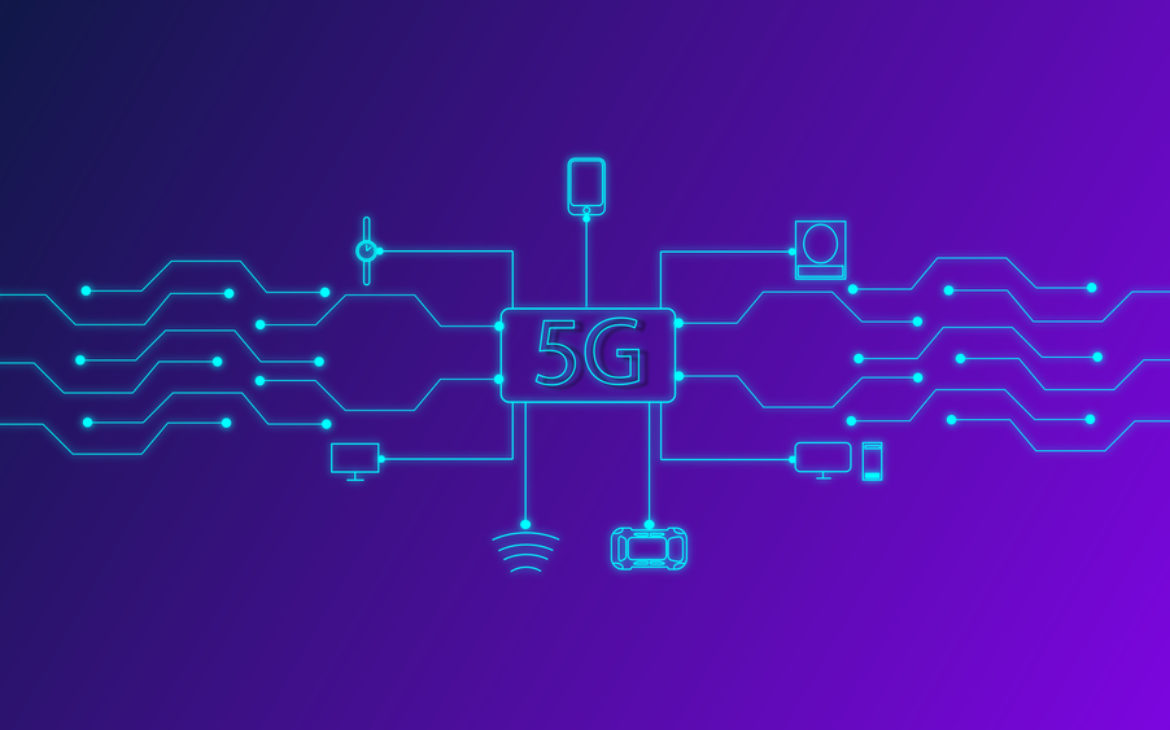In their most recent collaboration, the ecosystem partners have demonstrated that the Ericsson network infrastructure can support multiple slices on a single Android 13 device, supporting both consumer and enterprise (work profile) applications. Additionally, communications service providers (CSP) will, for the first time, have more flexibility for customized offerings and capabilities thanks to a slice for carrier branded services.
Network slicing has long been regarded as essential to maximizing the benefits a 5G network may offer CSPs and enterprises. According to the GSMA, the market for network slicing alone in the enterprise segment is expected to reach USD 300 billion by 2025. Google and Ericsson have provided a means to bridge the gap between the three important user groups by demonstrating that a single device can make use of multiple slices, which are employed in accordance with the on-device user profiles and network policies defined at the CSP level.
The results were achieved in an Interoperability Device Testing (IODT) environment on Google Pixel 6 Pro devices running Android 13. With the new release’s expanded capabilities for enterprises assigning network slicing through URSP (User Equipment Route Selection Policy) rules, one Android device can now connect to multiple network slices at once.
In addition to the default mobile broadband (MBB) slice, two different types of slices were made available on a device’s customer profile. Now, app developers can specify the connectivity category (latency or bandwidth) that their app will require, after which the most appropriate slice will be selected, based on the characteristics defined by the mobile network. This way, depending on the needs of the app, either latency or bandwidth can be prioritized. The app could, for instance, use a low-latency slice that has been pre-defined by the mobile network for online gaming or a pre-defined high-bandwidth slice to stream or participate in high-definition video calling.
Monica Zethzon, Head of Solution Area Packet Core at Ericsson said:
As carriers and enterprises seek a return on their investment in 5G networks, the ability to provide for a wide and varied selection of use cases is of crucial importance. Communications Service Providers and enterprises who can offer customers the flexibility to take advantage of tailored network slices for both work and personal profiles on a single Android device are opening up a vast reserve of different uses of those devices. By confirming that the new network slicing capabilities offered by Android 13 will work fully with Ericsson network technology, we are marking a significant step forward in helping the full mobile ecosystem realize the true value of 5G.
Ericsson and its partners have already delivered a number of pioneering network slicing projects using the Android 12 device ecosystems. Thus, in July, Telefonica and Ericsson announced a breakthrough in E2E automated network slicing in 5G SA mode.
